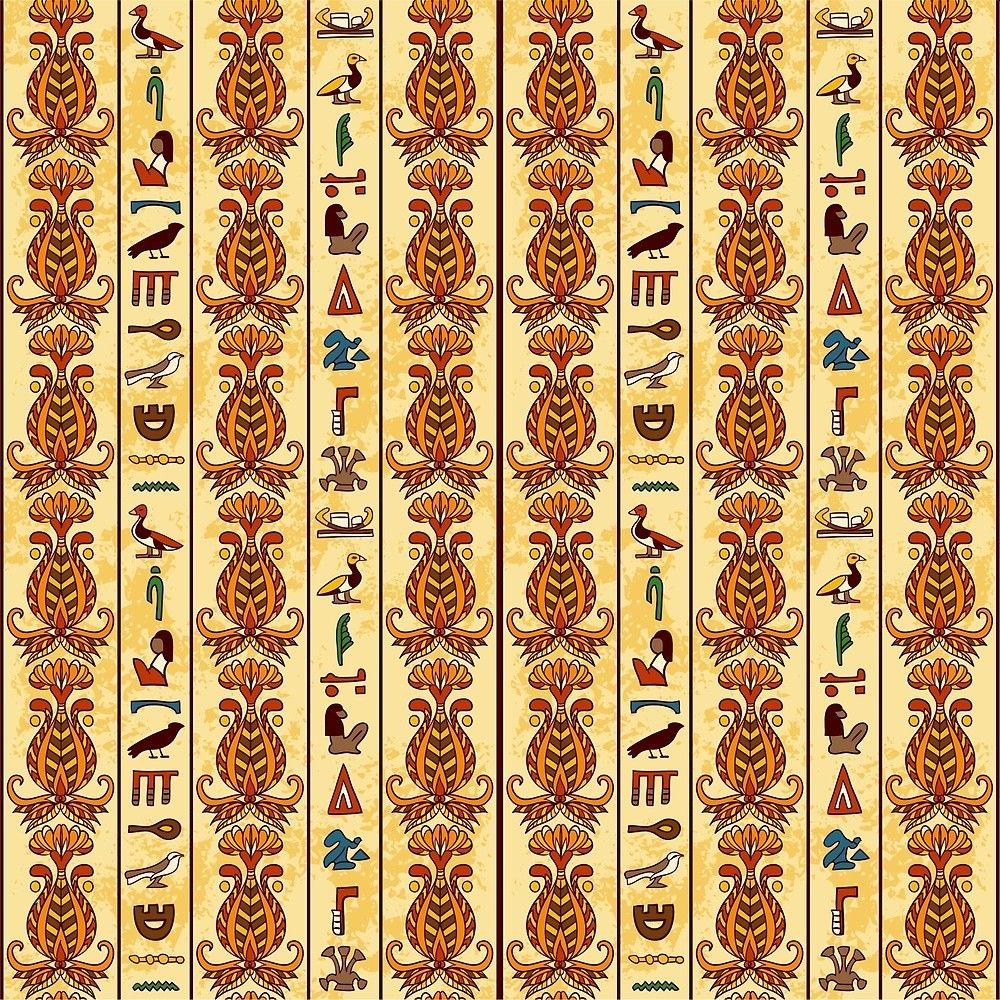
What is the most ancient of patterns used in clothing? It has to come from nature, the most ornamental it has to offer - flowers. For centuries, people used real flowers to decorate. So it was a natural progression that floral designs were translated into clothes. In 12th century China, fabrics embroidered with flowers and other scenes of nature were used in clothing. This soon spread to other Asian and Middle Eastern countries through trade routes centered on the Silk Road. By the end of the century, intricate floral embroidery on kimonos was used in Japan. The Silk Road and connected trade routes were also the paths of the spread of floral patterns in fabric.

Ancient trade routes centered on the Silk Road
Floral patterns though started much earlier than their appearance in fabric. The earliest on record is from ancient Egypt, the first world power. Ancient Egyptians used flowers to decorate banquets, burials, processions, temple offerings, and garlands, mostly for the royals and nobility as they were very expensive. They arranged the flowers into patterns that are amazingly how floral patterns are in ties, bow ties, and pocket squares now. Egyptian floral design was characterized by order, simplicity, and pattern repetition. The flowers were put in vases and baskets. They hid the stem, with every blossom flanked by leaves or buds.
The Egyptians had their favorite flowers to arrange. Roses, lilies, acacia, violets, jasmine, poppies, and narcissus were selected based on their symbolic meanings attributed to each flower. The ubiquitous lotus blossom was considered sacred, its yellow center and white petals believed to represent Sun God, Ra.

Re-created ancient Egyptian Hieroglyphs with floral pattern
Fabrics with floral designs first appeared in Europe in the late Middle Ages as Italian merchants traded regularly with Ottoman textile manufacturers. By the 15th and 16th centuries, Venice and Florence in Italy were already renowned for sumptuous velvet fabrics with large floral patterns in gold and silver threads. Italian weavers had figured out how to copy the patterns of the Ottoman velvet fabrics brought in by traveling merchants. At this time, luxurious textiles were adorned with organic motifs like pomegranates and vines and were ornate, and stylized. This is pivotal because every fabric pattern that has lasted to the present first took a path through and was celebrated in this fashion capital.

Floral pattern in a cotton dress (1780-85)
Today, floral fashion continues to inspire textile designers. The classic floral pattern has been incorporated not only into apparel, but also into footwear, headgear, and neckwear. It also the most ancient and enduring necktie pattern a man can own.


Comments (0)
Back to Blogs